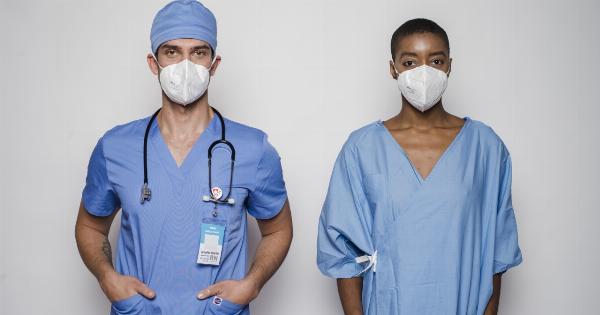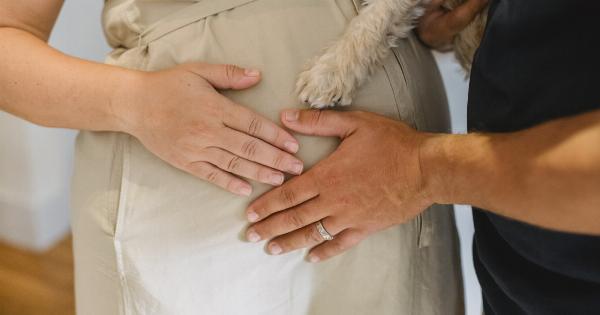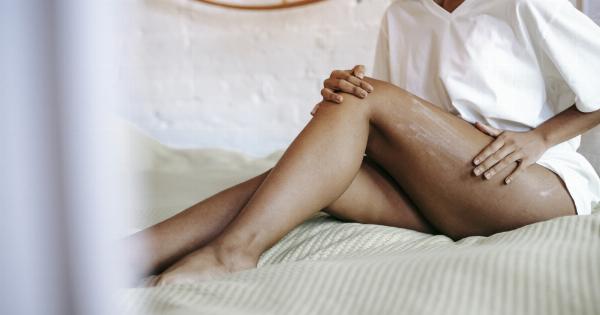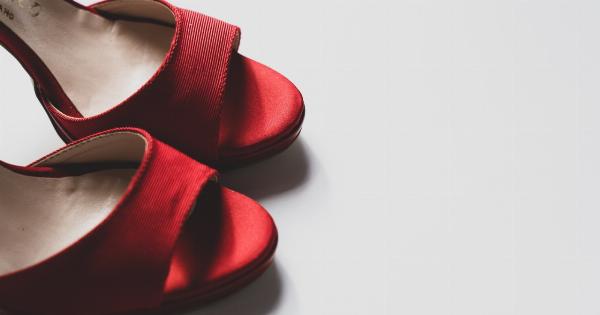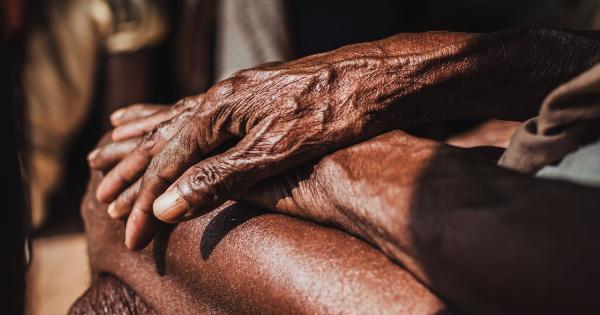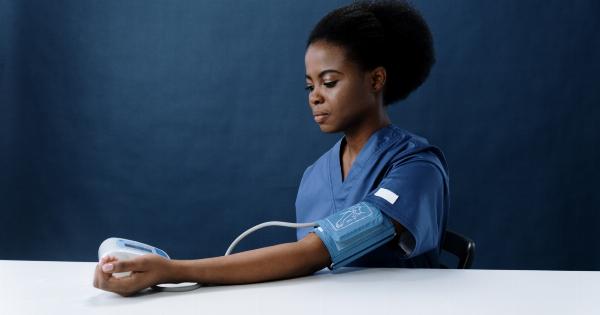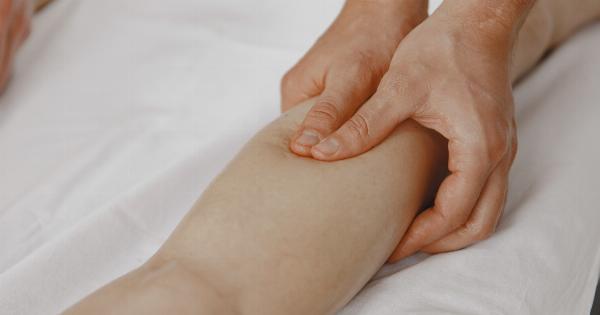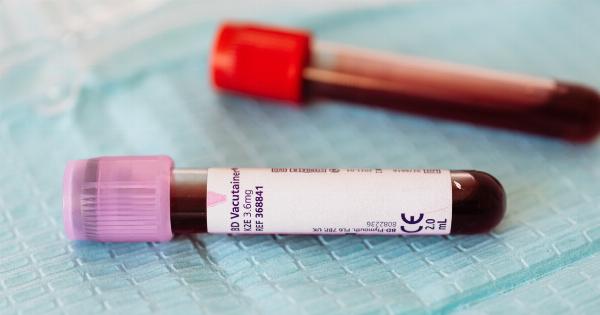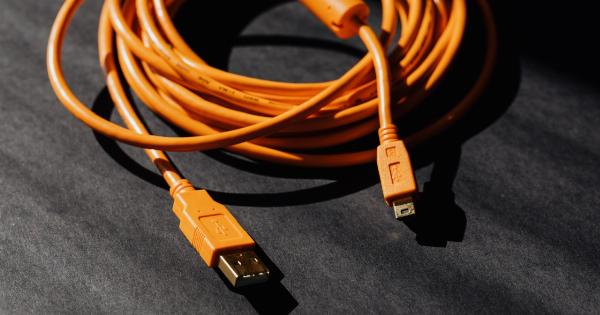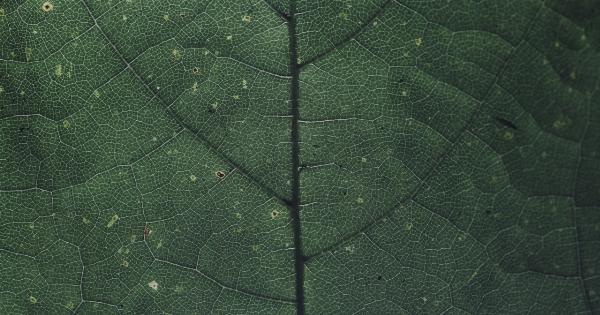Varicose veins are enlarged and twisted veins that usually appear blue or dark purple on the legs. They occur when the veins become weak or damaged, causing blood to pool and accumulate, resulting in their characteristic bulging appearance.
Common Causes of Varicose Veins
Several factors contribute to the development of varicose veins. These include:.
- Age: As we get older, our veins lose elasticity, making them more prone to becoming varicose.
- Family history: If your parents or close relatives have varicose veins, you are at a higher risk of developing them.
- Prolonged standing or sitting: Jobs that require long periods of standing or sitting can increase the pressure on the veins, leading to varicose veins.
- Gender: Women are more likely to develop varicose veins compared to men due to hormonal changes during pregnancy and menopause.
- Obesity: Excess weight puts additional pressure on the veins, increasing the likelihood of developing varicose veins.
Why Should Varicose Veins Be Treated?
Although varicose veins are primarily a cosmetic concern for many individuals, they can also cause discomfort and pain. If left untreated, varicose veins may lead to more serious health issues, including:.
- Leg ulcers: Prolonged swelling and poor blood circulation can result in ulcers on the legs, which are painful and slow to heal.
- Thrombophlebitis: This condition occurs when a blood clot forms in a vein, causing inflammation and pain.
- Bleeding: Varicose veins close to the surface of the skin are susceptible to injury and may bleed profusely if accidentally bumped or scratched.
Non-Surgical Treatment Options
Before considering surgery, there are non-invasive treatment options available to manage varicose veins. These include:.
- Compression stockings: These specially designed stockings apply pressure to the legs, improving blood flow and reducing symptoms.
- Lifestyle changes: Regular exercise, maintaining a healthy weight, and elevating the legs can help alleviate symptoms associated with varicose veins.
- Sclerotherapy: A procedure in which a liquid chemical is injected into the affected vein, causing it to collapse and eventually fade away.
- Endovenous Laser Treatment (EVLT): This minimally invasive procedure involves using laser energy to seal off the affected vein, redirecting blood flow to healthier veins.
When is Surgery the Best Option?
While non-surgical treatments can provide relief for many individuals with varicose veins, surgery is often the best option for those with severe symptoms or complications. Surgery may be recommended in the following cases:.
- Large veins: Surgery is often required for the removal of large varicose veins that cause significant pain and hinder everyday activities.
- Ulcers: If varicose veins have led to the formation of leg ulcers, surgical intervention may be necessary to facilitate healing.
- Deep vein involvement: When the deep veins are affected by varicose veins, surgery may be the most effective way to restore proper blood flow.
- Recurrent varicose veins: In some cases, varicose veins may reappear after non-surgical treatments. Surgery can provide a more permanent solution.
The Different Types of Varicose Vein Surgery
There are several surgical procedures available for the treatment of varicose veins. These include:.
1. Vein Ligation and Stripping
This procedure involves tying off and removing the affected veins through small incisions. It is typically performed under general anesthesia.
2. Endoscopic Vein Surgery
Endoscopic vein surgery is used for more severe cases of varicose veins. During the procedure, a thin tube with a camera is inserted into the vein, allowing the surgeon to visualize and remove the affected veins.
3. Ambulatory Phlebectomy
Ambulatory phlebectomy is a minimally invasive procedure in which small incisions are made over the varicose veins to remove them. It is usually performed under local anesthesia.
4. Endovenous Laser Ablation
This procedure involves using laser energy to close off the affected vein. A laser fiber is inserted into the vein, and the heat generated by the laser causes the vein to seal shut.
Risks and Benefits of Varicose Vein Surgery
As with any surgical procedure, there are risks and benefits associated with varicose vein surgery. Some potential risks include:.
- Infection
- Bleeding
- Allergic reactions to anesthesia
- Numbness or tingling in the leg
- Blood clots
However, the benefits of varicose vein surgery often outweigh the risks for individuals with severe symptoms. Surgery can effectively relieve pain, improve circulation, and enhance the overall appearance of the legs.
Aftercare and Recovery
After varicose vein surgery, it is essential to follow the surgeon’s instructions for optimal recovery. Some general aftercare guidelines include:.
- Wearing compression stockings as directed
- Avoiding long periods of standing or sitting
- Taking prescribed medications as instructed
- Avoiding strenuous activities for the first few weeks
- Scheduling follow-up appointments with the surgeon
Conclusion
Varicose veins are a common condition that can lead to discomfort, pain, and potential health complications.
While non-surgical treatments are effective for many individuals, surgery is often the best option for those with severe symptoms or complications. Various surgical procedures can remove or close off the affected veins, providing relief and improving overall leg health. As with any surgical procedure, it is important to weigh the risks and benefits in consultation with a healthcare professional.

